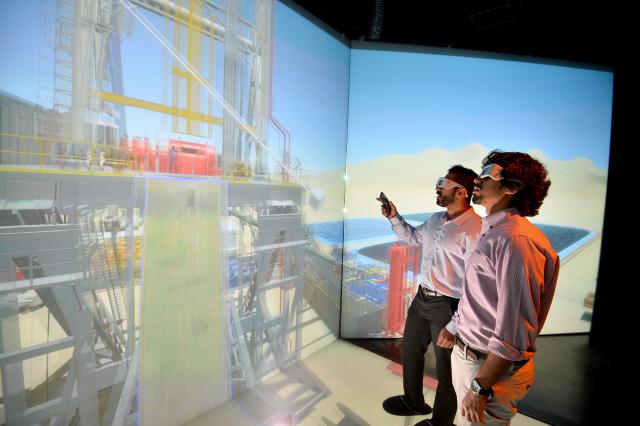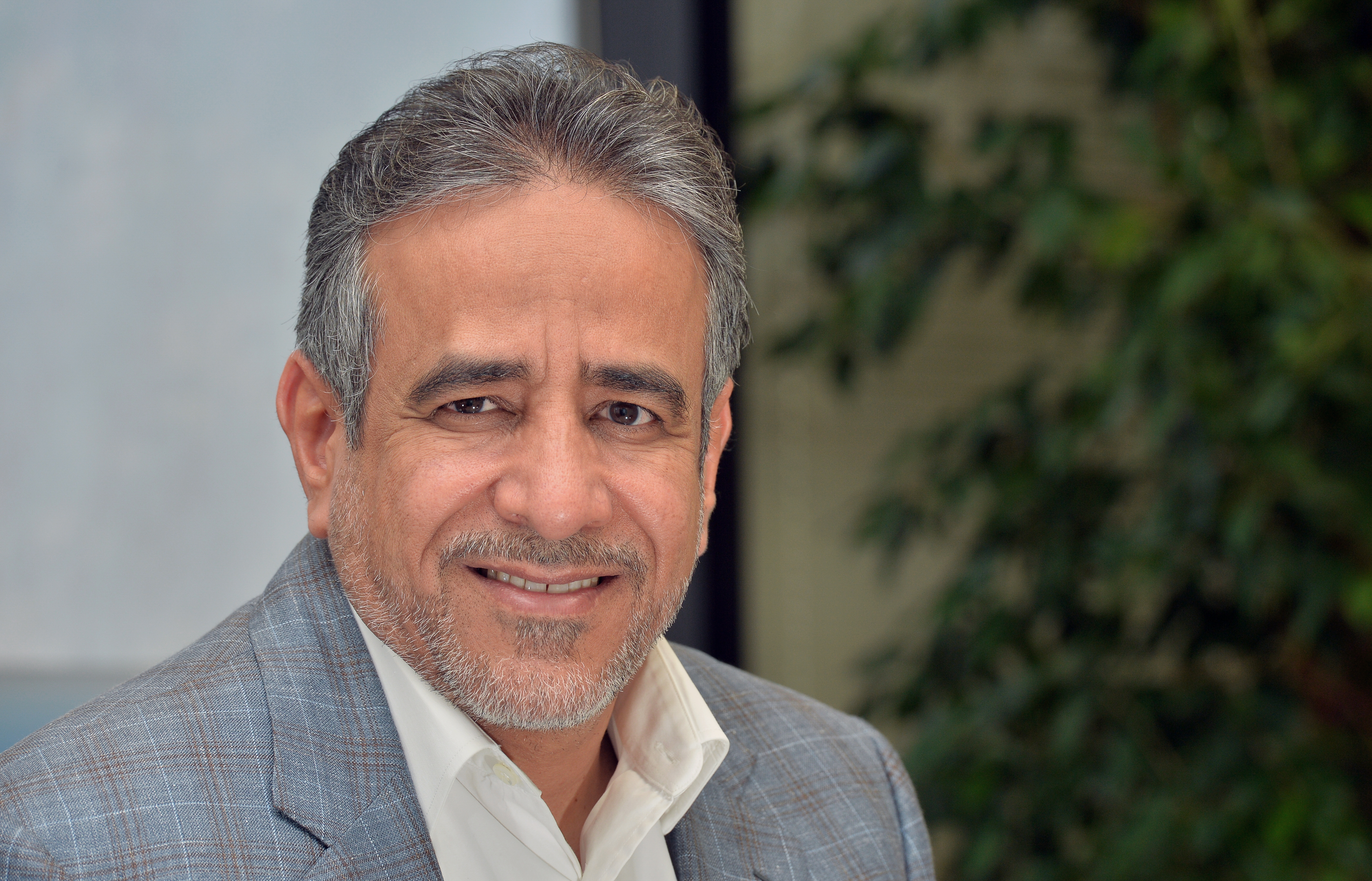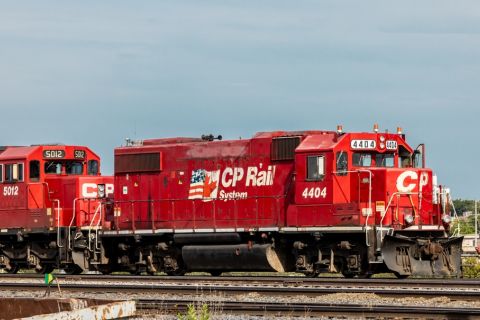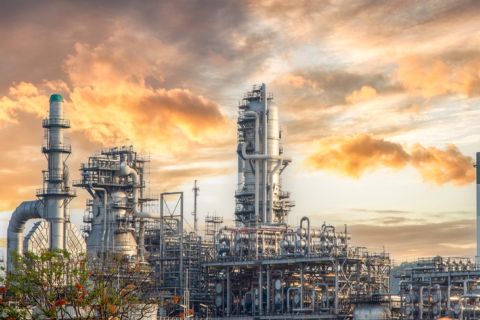
Aramco is adopting latest technologies to maximize production of the Jafurah field, in accordance with environmental standards.

While the International Energy Agency in October predicted a 3% drop in worldwide gas demand in 2020, it still expects global demand to rise by 30% by 2040 based on stated policies. This forecast anticipates future growth in South and East Asia, driven by a desire for better air quality, a manufacturing expansion and lower gas prices. As the cleanest burning fossil fuel, benefits of natural gas include improved air quality and fewer greenhouse gas emissions compared to other hydrocarbons. As a result, the Jafurah project heralds the next phase of moving the region’s energy landscape towards a cleaner energy mix.
Looking at the Jafurah gas field’s sheer scale is key to understanding its importance. Estimates indicate that 200 Tcf of rich raw gas resources are held in the massive 170 km by 100 km field within a source rock reservoir that possesses high total organic content. The decision to develop the field comes on the heels of a well-designed and executed de-risking program that started back in 2013, the objective of which was to understand the reservoir and its characteristics and engineer the code required to unlock Jafurah’s unconventional potential. The program involved the drilling of many wells across the field and utilizing the company’s resources, from geoscientists and engineers in the field to its R&D centers across the world, to understand the most economical method to drill and stimulate Jafurah’s unconventional wells.
Aramco expects the field’s production to reach approximately 2.2 Bcf/d of sales gas with an associated ethane production of approximately 425 million standard cubic feet per day, which represents about a 40% increase compared to current company production, providing valuable feedstock to fuel the thriving Saudi Arabia’s chemicals sector. Aramco also expects the field to produce around 550,000 barrels per day of gas liquids and condensates.
Aramco plans to develop the Jafurah gas field by combining its innovative technologies with the field’s unique properties. This is best exemplified by the innovative decision to use seawater for hydraulic fracturing at Jafurah. Unconventional developments are typically water intensive and Jafurah is no different. However, as part of the Aramco’s environmental stewardship, Jafurah, will utilize seawater desalination to supply its water needs.
Jafurah wells are drilled with long horizontal lateral lengths to maximize hydrocarbon recovery, and hence optimizing the well’s productivity in the long run. In the arid climate of Saudi Arabia, Aramco will circumvent the need to draw on precious groundwater and instead opt to build a dedicated seawater treatment facility to supply enough water for the process. The treated seawater will be distributed throughout the field via a 180 km pipeline network, which will significantly reduce water-hauling truck traffic and result in a lower environmental impact and the overall carbon footprint.
Jafurah’s location is another fundamental advantage at play. With its proximity to existing company facilities and infrastructure, the development’s surface facility requirements are optimized, and enables it to connect to the country’s extensive Master Gas System and deliver gas for domestic consumption in the Kingdom.
The pursuit of cleaner unconventional energy resources also includes a strong component to support the Aramco’s In Kingdom Total Value Add Program (IKTVA). Developing the local labor force and utilizing local suppliers is vital to the success of this project, as it is expected to drive additional domestic value creation and promote economic development and diversification.
Aramco already has one of the lowest carbon intensity of any major oil producer. Gas presents the next frontier, as the company continues to grow its conventional and unconventional gas programs. Jafurah development serves as a blueprint for the region to capitalize on its unconventional resources toward a cleaner energy mix.
Recommended Reading
After Megamerger, Canadian Pacific Kansas City Rail Ends 2023 on High
2024-02-02 - After the historic merger of two railways in April, revenues reached CA$3.8B for fourth-quarter 2023.
NGL Growth Leads Enterprise Product Partners to Strong Fourth Quarter
2024-02-02 - Enterprise Product Partners executives are still waiting to receive final federal approval to go ahead with the company’s Sea Port Terminal Project.
Kissler: OPEC+ Likely to Buoy Crude Prices—At Least Somewhat
2024-03-18 - By keeping its voluntary production cuts, OPEC+ is sending a clear signal that oil prices need to be sustainable for both producers and consumers.
Canadian Natural Resources Boosting Production in Oil Sands
2024-03-04 - Canadian Natural Resources will increase its quarterly dividend following record production volumes in the quarter.
Marathon Chasing 20%+ IRRs with Los Angeles, Galveston Refinery Upgrades
2024-02-01 - Marathon Petroleum Corp. is pursuing improvements at its Los Angeles refinery and a hydrotreater project at its Galveston Bay refinery that are each boasting internal rate returns (IRRs) of 20% or more.





